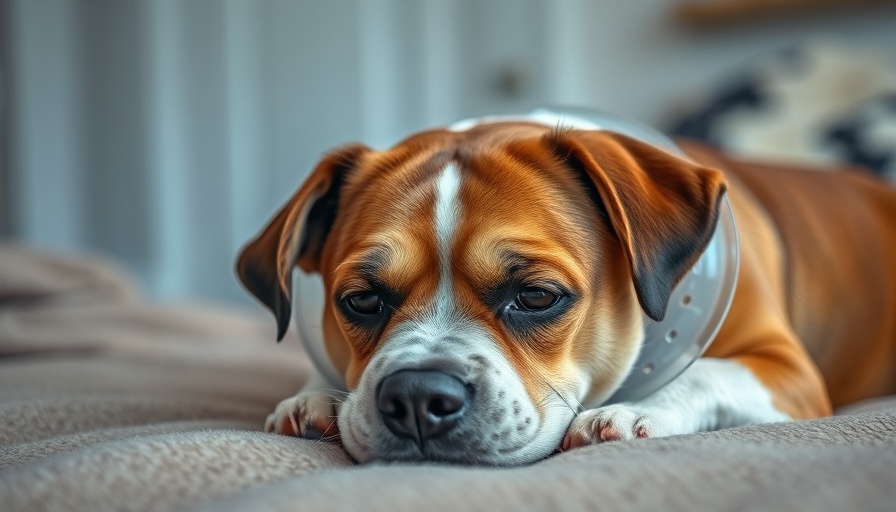
Essential Steps in Post-Surgical Dog Care
The road to recovery begins the moment you bring your dog home after surgery. While the surgery itself may be behind you, the journey of ensuring your furry friend heals properly is just beginning. Keeping your dog's comfort in mind is paramount; a temporary resting spot away from noise and commotion will help your pup settle down after the whirlwind of the surgical experience.
Understanding the Effects of Anesthesia
After surgery, your dog will likely still feel the effects of anesthesia. Grogginess and tiredness can linger, particularly for older dogs or those with health issues. It's not uncommon for your furry friend to be extra sleepy on their first night home; some may take a few days to fully shake off the sedation. Stay close by to monitor their condition and provide comfort as they adjust.
Dietary Considerations Post-Surgery
Many dog owners wonder what to feed their furry companion after a surgical procedure. On the first day home, offering a small meal can help ease your dog’s tummy back into the routine. Many dogs experience nausea; therefore, breaking their meals into smaller portions can be beneficial. Gradually returning to a normal diet, based on your vet's specific instructions, is the best route for recovery.
Incision Monitoring: What to Look Out For
Your dog’s incision site is a point of critical importance during recovery. Normal healing signs include slight redness and some discharge. However, it’s essential to avoid potential complications by watching for abnormal signs, such as excessive swelling or unusual discharge colors (yellow or green). If you observe such symptoms or any significant changes in your dog's behavior, don’t hesitate to contact your vet.
The Importance of Activity Restrictions
Keeping your dog calm and preventing unnecessary movement is one of the most significant contributions you can make to their healing process. Limit running, jumping, or playing for at least one to two weeks post-surgery, or until your veterinarian clears them. A well-fitted Elizabethan collar is instrumental in preventing your dog from licking or biting their incision site; the collar should remain on, even during mealtimes.
Post-Surgical Pain Management
After surgery, managing your dog’s pain is crucial for a successful recovery. Consult with your veterinarian for a comprehensive pain management plan, which may include prescribed medications tailored specifically for your dog's needs. Active pain management will also encourage your furry friend to eat and re-engage in gentle activities, essential for healing.
Recognizing Signs of Potential Complications
As a vigilant dog owner, knowing when to seek veterinary care is vital. Watch for red flags, such as excessive panting, refusal to eat, or signs of infection at the incision site. If you notice behaviors that differ markedly from your dog’s normal behavior after surgery, it is time to consult your veterinarian. Getting ahead of potential issues can make all the difference in your dog's recovery.
Frequently Asked Questions (FAQ)
Q: Why hasn’t my dog pooped after surgery?
A: It’s common for dogs to not have a bowel movement for a few days post-surgery due to anesthesia effects, pain medications, and dietary changes. If your dog has not pooped within four to five days, check with your vet.
Q: Is it normal for my dog to be anxious or depressed after surgery?
A: Your dog may seem a bit down after surgery, which is a natural reaction to the stress of surgery and anesthesia. If their demeanor hasn’t improved in a day or two, contact your vet for guidance.
Conclusion: Loving Care Makes All the Difference
With patience and attention, your dog will heal and quickly return to their happy, playful self. Remember, the recovery phase is as important as the surgical procedure itself. By following the outlined steps and maintaining close communication with your veterinarian, you can help facilitate a smooth recovery for your beloved pet. Caring for your dog after surgery is a labor of love; ensure you provide them the attention and care they need to fully return to their happy, healthy selves.
 Add Row
Add Row  Add
Add 


Write A Comment